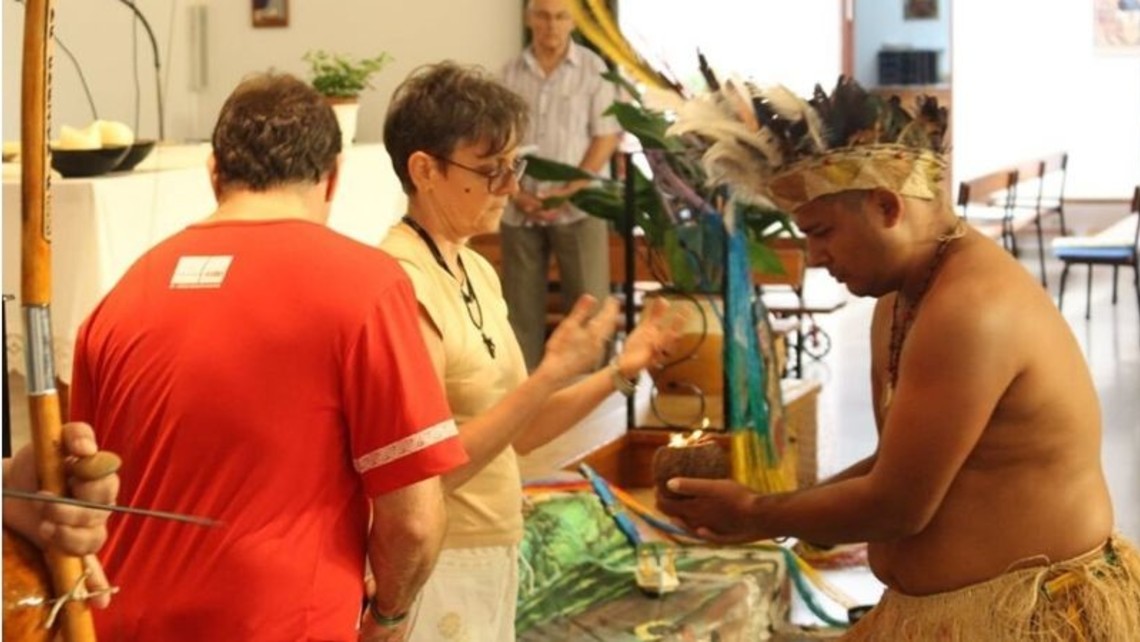Has anyone ever seen a Tridentine Gay Pride Mass?

Or a Pachamama Mass?

The Vetus Ordo (Latin for “Old Order”) refers to the Extraordinary Form of the Roman Rite, also known as the Tridentine Mass, which was the standard liturgy of the Catholic Church until the Second Vatican Council (1962-1965).
The Novus Ordo (Latin for “New Order”) is the Ordinary Form of the Roman Rite, introduced after the Council, and is currently the most widely used liturgy in the Catholic Church.
1. Language and Vernacular
Vetus Ordo: Primarily Latin, with some use of vernacular languages in certain regions. Novus Ordo: Mainly vernacular languages, with some use of Latin.
2. Rite Structure
Vetus Ordo: Follows the traditional structure of the Roman Rite, with a clear distinction between the Liturgy of the Word and the Liturgy of the Eucharist.
Novus Ordo: Blends elements from the Liturgy of the Word and the Liturgy of the Eucharist, with a greater emphasis on communal participation.
3. Prayers and Rubrics
Vetus Ordo: Preserves many ancient prayers and rubrics, such as the use of incense, bells, and elaborate ceremonies.
Novus Ordo: Simplified and modernized prayers and rubrics, with a focus on greater flexibility and adaptability.
4. Eucharistic Prayers Vetus Ordo: Uses four Eucharistic Prayers, with a strong emphasis on the sacrifice of the Mass.
Novus Ordo: Offers four Eucharistic Prayers, but with a greater emphasis on the communal celebration and the role of the priest as presider.
5. Liturgical Orientation/
Vetus Ordo: Typically celebrated with the priest facing east (ad orientem) and the congregation facing the same direction.
Novus Ordo: Often celebrated with the priest facing the congregation (versus populum), although some parishes may still use the ad orientem orientation.
6. Sacraments and Rites
Vetus Ordo: Preserves traditional sacramental rites, such as the use of holy water, baptismal fonts, and the imposition of ashes.
Novus Ordo: Incorporates some modernizations and adaptations, such as the use of electric candles and revised baptismal and funeral rites.
In summary, the Vetus Ordo and Novus Ordo differ in language, structure, prayers, rubrics, Eucharistic prayers, liturgical orientation, and sacramental rites. While both forms are valid and licit, the Vetus Ordo is often characterized as more traditional and formal, while the Novus Ordo is seen as more modern and flexible.
Has anyone ever seen a Tridentine Gay Pride Mass?

Or a Pachamama Mass?
